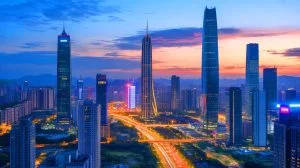Most Commented
News, investigations, and analysis — our top stories every morning to start your day right.
Economy Watch
Latest News
Subscribe to Our Newsletter
News, investigations, and analysis — our top stories every morning to start your day right.



























































